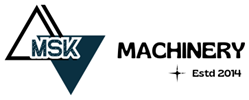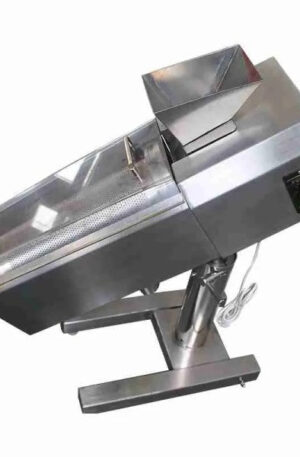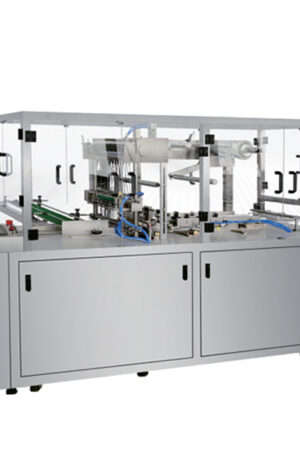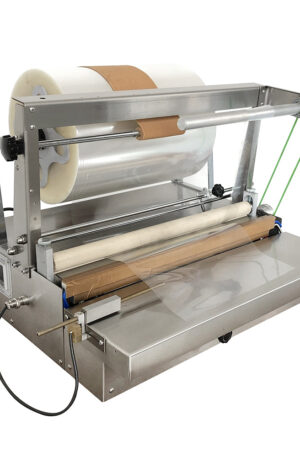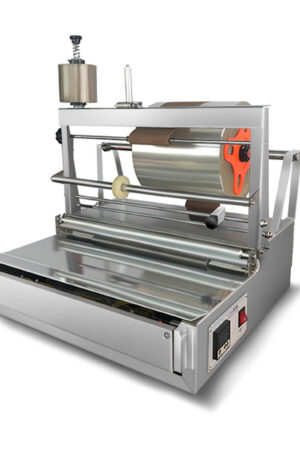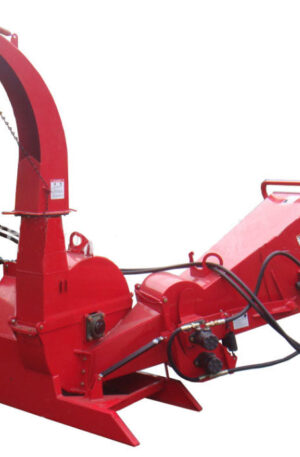Title: “The Evolution of Pharmaceutical Machinery: From Traditional to Modern Technologies”
In the fast-paced world of pharmaceuticals, the evolution of machinery used in the manufacturing process has played a significant role in improving efficiency, accuracy, and safety. This article explores the transition from traditional equipment to modern technologies, focusing on key advancements such as the table press machine, capsule filling machine, TDP, and THDP.
Traditional pharmaceutical machinery relied heavily on manual labor and basic tools to produce medications. Table press machines, for example, were used to compress powdered ingredients into solid tablets. These machines required significant human intervention and were prone to inconsistencies in size, weight, and dosage. Despite their limitations, table press machines were widely used for decades in pharmaceutical manufacturing.
The introduction of capsule filling machines revolutionized the industry by automating the process of encapsulating medications. These machines increased efficiency and accuracy while reducing the risk of cross-contamination. By precisely filling and sealing capsules, pharmaceutical companies were able to produce medications with consistent dosages, ensuring patient safety and product quality.
The development of modern technologies such as the TDP (Tablet Press Machine) and THDP (High-Speed Tablet Press Machine) further transformed pharmaceutical manufacturing. These advanced machines are equipped with features such as digital controls, automatic feeding systems, and quality control sensors. The TDP and THDP machines offer higher production speeds, greater precision, and improved reliability compared to their traditional counterparts.
The TDP machines are capable of producing a wide range of tablet shapes and sizes, catering to the diverse needs of pharmaceutical companies. On the other hand, THDP machines are designed for high-volume production, enabling manufacturers to meet demand faster and more efficiently. Both machines represent the cutting edge of pharmaceutical machinery technology, setting new standards for productivity and quality in the industry.
In conclusion, the evolution of pharmaceutical machinery from traditional to modern technologies has significantly improved the efficiency, accuracy, and safety of medication manufacturing. The advancements in equipment such as the table press machine, capsule filling machine, TDP, and THDP have transformed the way medications are produced, ensuring that patients receive high-quality products that meet stringent regulatory standards. As technology continues to advance, the future of pharmaceutical machinery holds even more exciting possibilities for the industry.
